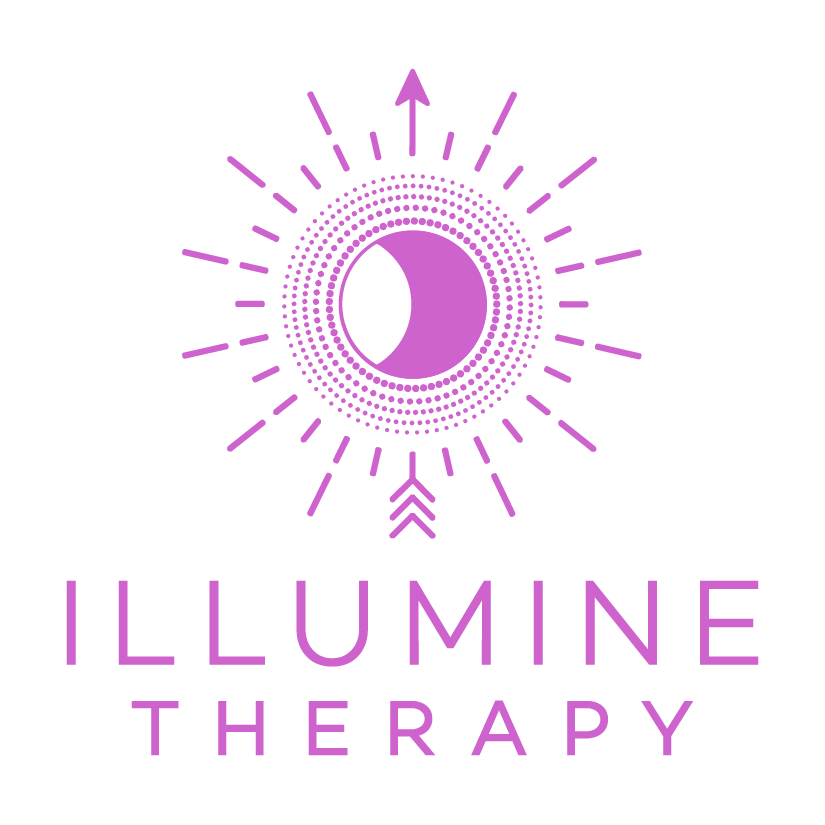What’s next? Dropping into the body - a small nugget.
You have read the seven previous blogs and wonder when the real practical advice will come. First off, I appreciate you sticking around. And second, I will give one nugget of how to begin to do the work below.
In the previous blogs, we walked through the primary core emotions. We discussed their physical responses and how they show up in the body. We are now going to look at the main part of the brain that controls core emotions and one skill that can help process emotions.
The core emotions – happy, anger, fear, sad, disgust, surprise – come from the deep brain.
The brain is definitely a complex organ. Researchers are still trying to decode many things but currently, they do agree on one thing. The limbic system is one of the main parts of the brain that control core emotions. The limbic system has different parts - the hypothalamus, hippocampus, amygdala, thalamus, and a few others. Researchers agree that our behavioral and emotional responses show up in this region. From the core emotions, you might have picked up on the need to survive and feel safe. This part of the brain controls behaviors we need for survival, and the fight and flight responses.
One useful skill you can begin to practice.
When you are having an experience and you are feeling something ask yourself, “Am I mad, sad, scared, happy, disgusted, or surprised.” When we are curious about what core emotion we are feeling it can help us stay in the deep brain and drop us into our body. This can help decrease intellectualizing or being in our thinking brain. Thus, helping you to be with the emotion.
Let me give you an example.
I often have people in my office start with, “I am frustrated because my wife does not understand the work I am doing. It really bugs me.” By stating things in this way we are more in our thinking brain and wanting to dialogue about it. Nothing wrong with that. Yet, this can sometimes disconnect us from the emotion.
I will often slow clients down and ask, “What emotions are you experiencing out of the core emotions?” (I will list them off). In this case, the client might state anger and sadness. I will then ask my client to locate where they are carrying anger and sadness. The client might say chest and lower stomach. We will then take a minute or two to breathe into this space.
In this practice, we are noticing, naming, not judging, and not avoiding emotions. We are slowing down and giving the emotion some room.
If you are open and willing, give it a try.
The next time you are feeling stuck and unsure what emotion you are experiencing walk yourself through this process.
1. Slow down
2. Ask yourself which core emotion fits best
3. Locate it in your body
4. Breathe into that space
Even a few seconds can be beneficial. In the first blog, I discussed how emotions can be painful, scary, and difficult. So, go at a pace that feels comfortable. To this day I even have to do this. It is very normal for me to get stuck in my head using words that soften the blow instead of feeling the emotion. None of us really learned how to process emotions so we all need to be gentle with ourselves.
Remember that all core emotions serve a function. So this practice is about noticing and not judging.
The path to healing is learning to move through emotions not to avoid them.
James S. Gordon, a trauma healing specialist states, “When you shut down one emotion and you go into that frozen state, it’s not just that emotion you’re protecting yourself against that gets shut down; your whole emotional life gets limited.” This is why the work of emotional healing is so crucial. It has many wonderful impacts.
If you are wanting to start your emotional journey and need help finding a therapist in Ogden Utah, reach out today.
The above skill is just one of many that begin to help people. As one of the many counselors in the area, I want to help connect you to the right place and with therapists who can guide you on your emotional journey.
I specialize in trauma therapy and PTSD Treatment, high-functioning depression, anxiety therapy, and stress relief, and body-brain-based therapies such as Brainspotting therapy and EMDR. I am excited to hear from you. Contact me today!

